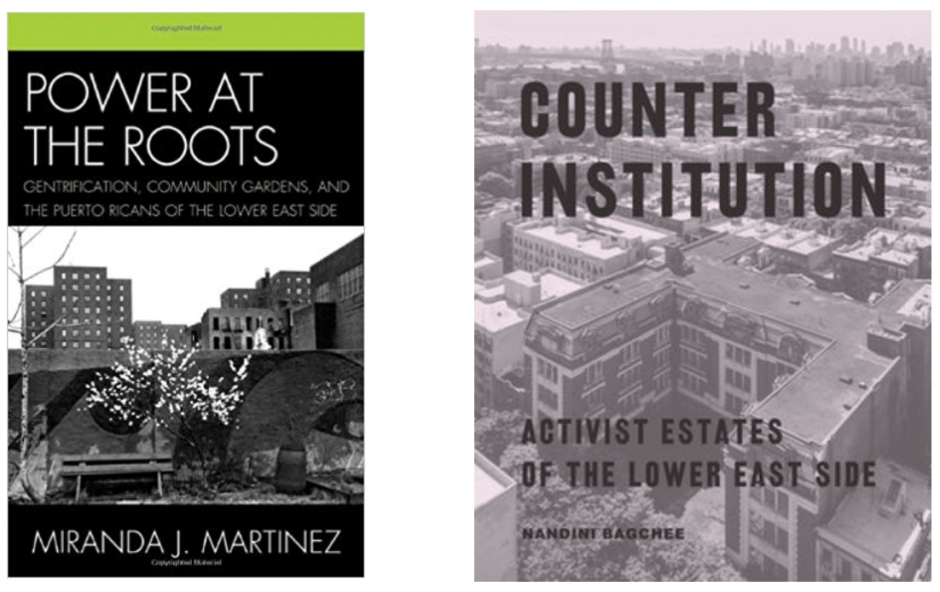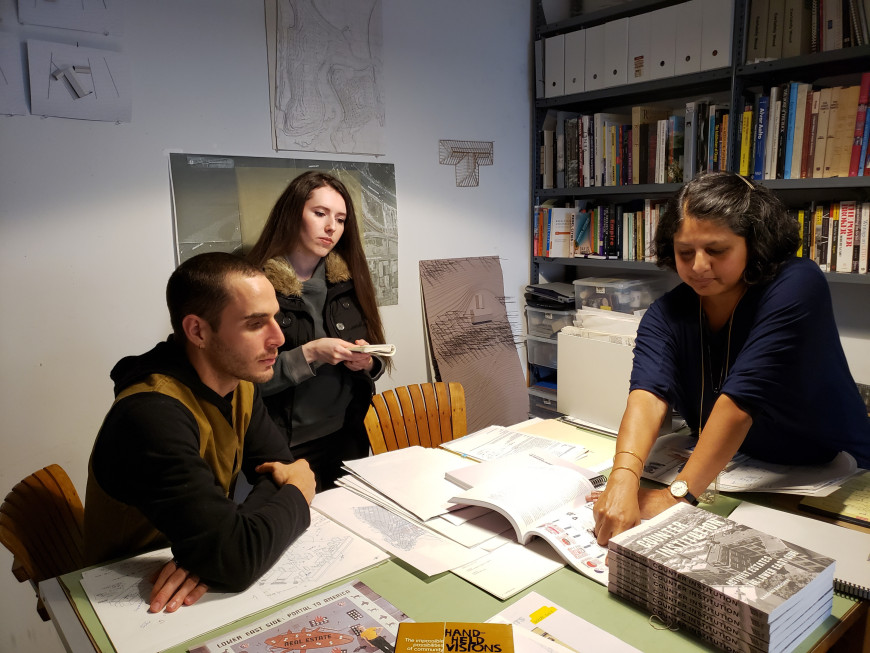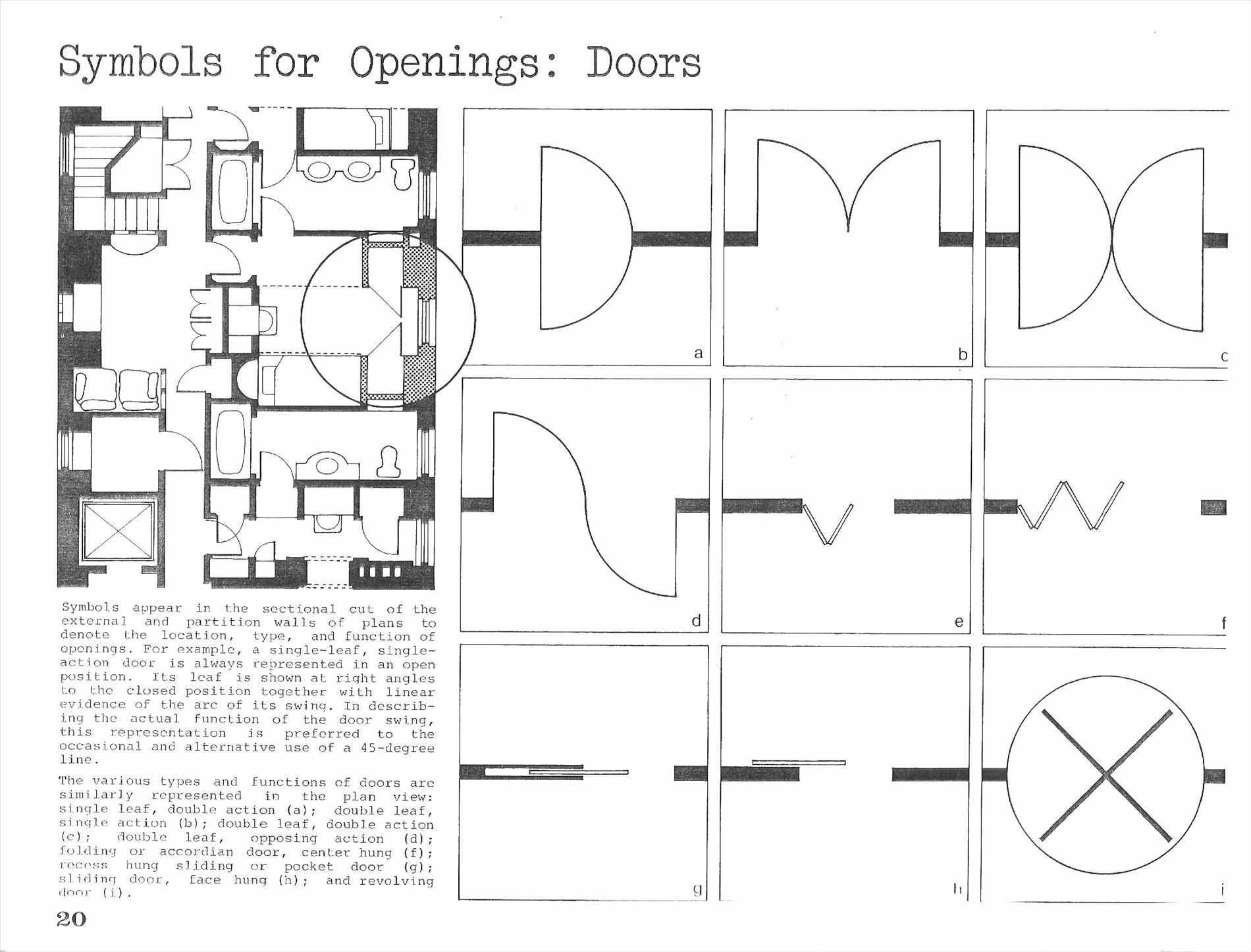
In cities across the United States in the 1970s, the devaluation of property created a vacuum of ownership. Vacant lots, storefronts, schoolhouses, factories, and abandoned tenement housing in New York City became havens for experimental, communal practices. In her 2018 book Counter Institution: Activist Estates of the Lower East Side (Fordham University Press), Nandini Bagchee revisits the spaces where activist groups meet to organize and plan acts of political dissent and collective participation. The term “counter institution” in the title represents both a conceptual and a literal struggle to create a space for civic action in a city that is built upon real estate speculation.
Focusing on her research for the book and an ongoing engagement with questions of urban justice and access to the city, Bagchee will share her methods of documenting and interrogating the history of the counter institution. In her capacity as a social historian/architect, she generates timelines and maps that chart out territorial occupations at different geographic and temporal scales to represent the larger reach of the social movements within specific buildings in the geography of downtown Manhattan. Using drawings, maps, timelines, and photographs to underline the connections between people, politics, and space, Bagchee offers new ways to imagine buildings as a critical part of the civic infrastructure of activism within the city.
Click Here to read on www.saltonline.org









Recent Comments